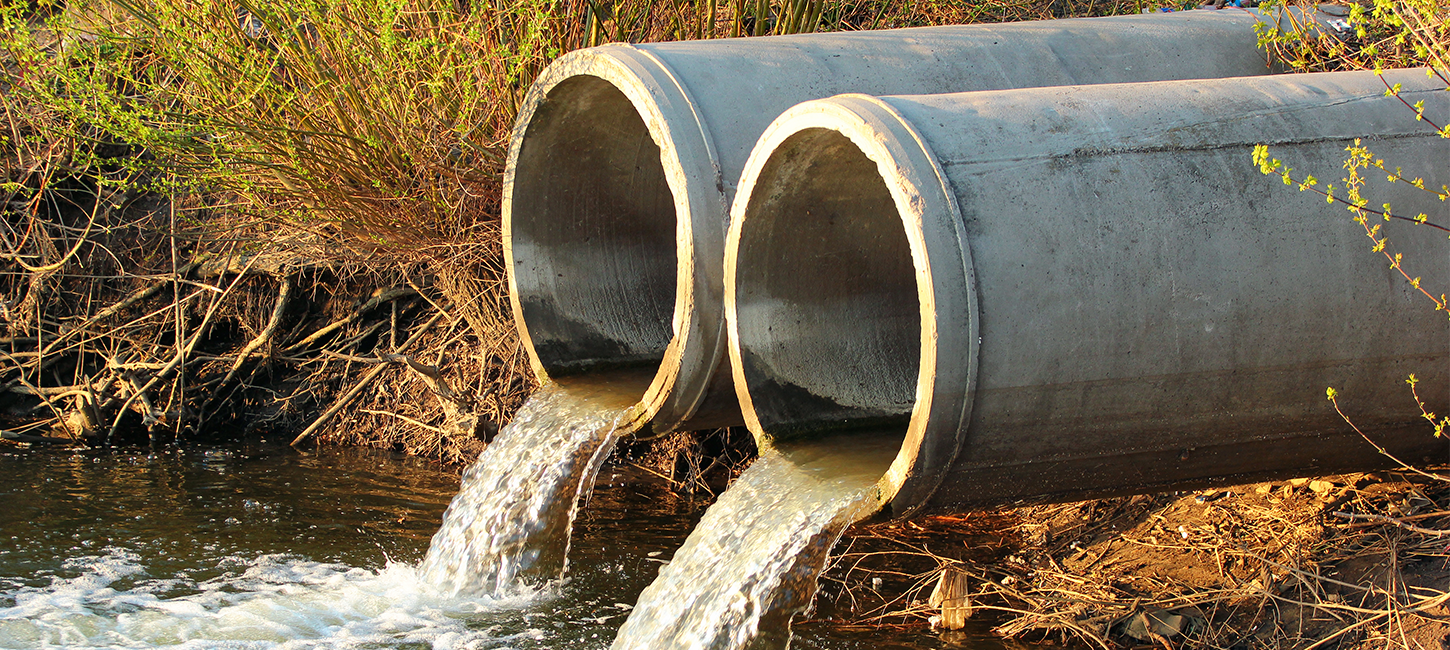Articles / Sustainability / Water pollution / Water technology
Emerging Challenges of Micropollutants in Wastewater
Emerging Challenges of Micropollutants in Wastewater
May 6, 2025
Emerging Challenges of Micropollutants in Wastewater
In this article we examine the challenge of micropollutants in wastewater. These substances are becoming an increasing concern due to their potential impact on both the environment and human health. They are found in trace amounts in water bodies but can have significant long-term effects.

Effectively managing and treating micropollutants in wastewater is crucial for environmental protection.
Micropollutants in Wastewater
Micropollutants are a diverse group of organic and inorganic substances found in water at extremely low concentrations-typically in the range of nanograms to micrograms per litre. Despite their minute quantities, they can have significant impacts on both human health and the environment.
What Are Micropollutants?
Micropollutants refer to a diverse group of substances, including pharmaceuticals, personal care products, pesticides, and industrial chemicals, which are present in the environment at low concentrations. Despite their minute presence, they can be highly persistent and bioactive.
- Pharmaceuticals: Medications excreted by humans and animals.
- Personal Care Products: Ingredients in cosmetics and cleaning agents.
- Industrial Chemicals: Byproducts of manufacturing processes.
- Agricultural Runoff: Pesticides and fertilisers washed into water bodies.
Risks to Health and Environment
Micropollutants pose significant risks due to their ability to disrupt ecosystems and potentially affect human health.
Water which has been inadequately treated and contains micropollutants has far reaching consequences; from antimicrobial resistance to population decreases in aquatic species and the bioaccumulation of micropollutants in the food chain.
They could pose a variety of threats to the environment, human health, and the viability of public/industrial wastewater reuse.
- It can lead to a build-up of dangerous chemicals in the environment which can be damaging to the wildlife.
- Potential contamination of rivers, borehole and underground aquifers which are relied as a source of drinking water.
Environmental Risks
- Ecosystem Disruption: Micropollutants can affect aquatic life, disrupting reproductive systems and growth patterns.
- Bioaccumulation: These substances can accumulate in the food chain, affecting predators and potentially reaching humans.
Human Health Risks
- Endocrine Disruption: Some micropollutants mimic hormones, interfering with endocrine systems.
- Antibiotic Resistance: Residual pharmaceuticals can contribute to the development of antibiotic-resistant bacteria.
- Chronic Exposure: Long-term exposure may lead to health issues, although more research is needed to fully understand these effects.

Nyex treatment solutions ensure that environmental strategies and regulatory limits are achieved.
Arvia’s Treatment of Micropollutants
Addressing micropollutants in wastewater involves advanced treatment technologies. Arvia’s onsite Nyex™ Treatment Systems provide an industrial wastewater treatment solution in various applications relating to wastewater discharge, wastewater recycling and source water applications around the world.
Arvia’s design specialists optimise each system to preferentially treat the micropollutants found in your wastewater stream, enabling the treated water to meet individual discharge regulations. In most cases, treated water is also safe for reuse as process water within the business. This saves utility costs and boosts positive Corporate Social Responsibility as pressures rise in relation to sustainable operations.
Nyex™ systems can be installed as a standalone treatment or retrofitted into an existing treatment train. This is of particular benefit when water is extracted for distribution by utilities companies as micropollutants found in source water can surpass traditional treatment.
Conclusion
While micropollutants in wastewater present challenges, understanding their sources, risks, and treatment options is crucial for protecting both human health and the environment. Continued research and innovation in treatment technologies, alongside effective regulatory strategies, are essential in mitigating their impact. Through a combination of advanced treatment methods and proactive prevention measures, we can address the complexities of micropollutants and strive for a safer, cleaner future.
About Arvia
Arvia is one of the world’s leading manufacturers of electrochemical water treatment products.
With design, manufacturing, and R&D in the UK, they also have labs in India, a facility in China and have expanded into the US.
Arvia’s treatment systems include Nyex.3 Florenox, Nyex Rosalox and Nyex Ellenox – three revolutionary systems specifically designed for tertiary water treatment, each delivering spectacular (up to parts per billion) results treating many recalcitrant pollutants in industrial wastewater like PFAS, endocrine disruptors and antibiotics.
To see how Arvia Technology could benefit many water treatment systems worldwide, check the Arvia website or make contact to set up a one-to-one consultation with a water science expert.
More featured articles
03.27.2025

Press Release - Arvia Technology Launches Proven PFAS Destruction Solution
03.24.2025

In this article we discuss PFAS regulations, why regulation is necessary and the impact on industry and consumers.
03.3.2025

This article examines PFAS, which consumer products it can be found in, exposure and the effects on the environment.
Our wastewater treatment expertise
Our water technology can be used to treat a variety of water treatment applications. Once we understand the nature of your wastewater and your final water quality target, our water treatment specialists can make recommendations as to how best to treat your water. Take a look at some of the Nyex applications here:
Need help? Speak with an expert
